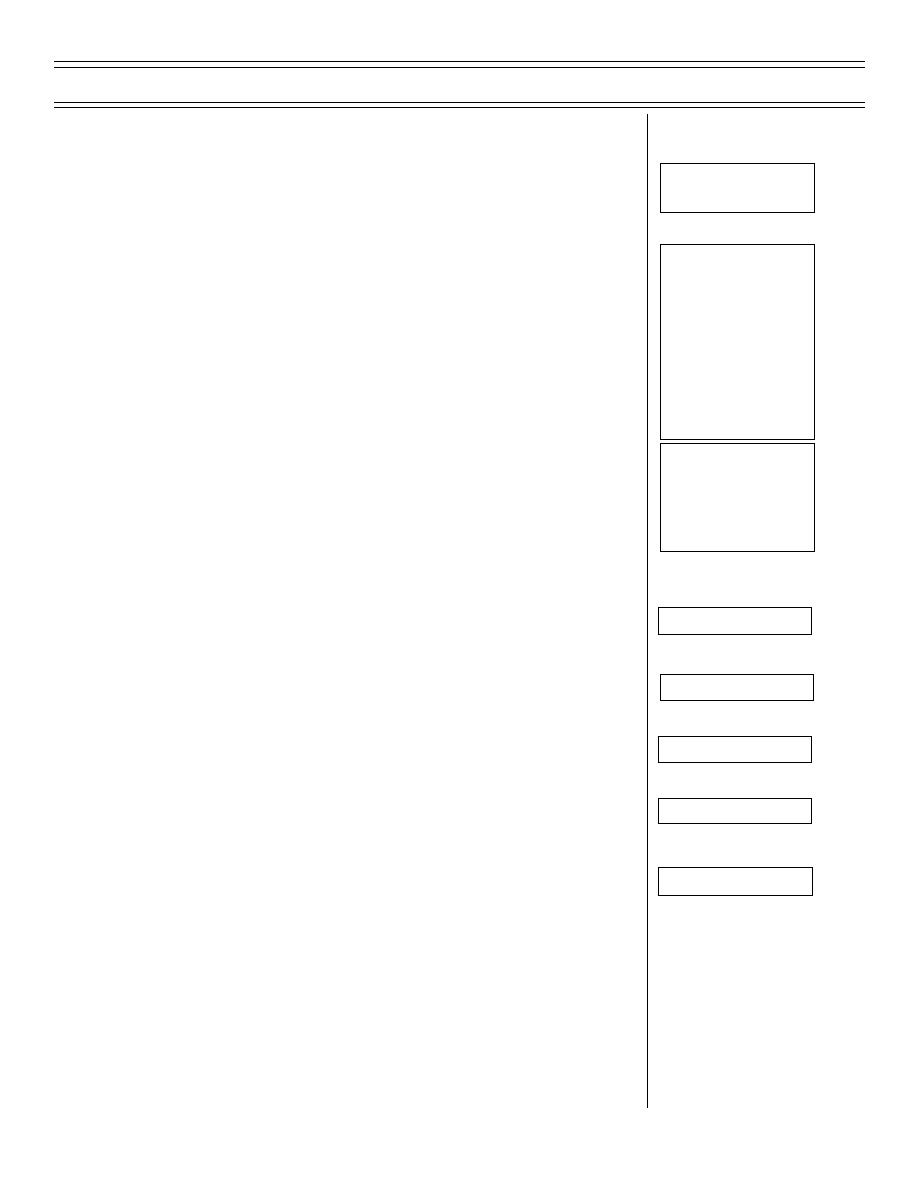
T-45A UJPT, E2-C2, & ADV CR-02; IUT CR-01
Course Rules
II.
Operating Areas
Sg 2, fr 2
Lesson Organization
A.
Military Operating Areas (MOAs) 1.1.2.2, 1.1.2.2.2
NOTE: Refer to the panels in the FLIP IFR Enroute Low
Sg 2, fr 3
Altitude United States Charts for the following
Fig 12: FLIP IFR
Enroute Low Altitude
information: number, effective altitude, times used, UTC,
- U.S., L-15
controlling agency, and panel location.
Navigational Chart
NOTE: MOAs are defined by intersections of TACAN
Sg 2, fr 4
Fig 1: NAS
radials and DMEs. Each operating area has a specific
Kingsville Areas of
working frequency assigned.
Operation
1.
Kings I MOA: used for general training activities,
Sg 2, fr 5
and includes areas: 237.85/BTN 5 (TAC A),
Kings I MOA
251.6/BTN 6 (TAC B), 313.0/BTN 7 (TAC C),
Fig 13: Kings I , II &
III Military Operating
337.0/BTN 8 (TAC D)
Areas
a.
Boundaries: defined from Laredo TACAN
(channel 121X)
Overlay 1. Kings 1
(1) Northern boundary: line from 080R/20 to
072R/70
Overlay 2. Kings 1
(2) Southern boundary: line from 120R/20 to
126R/40 to 128R/70 to 130R/90
Overlay 3. Kings 1
(3) Western boundary: 20 DME arc from 080R
to 120R
Overlay 4. Kings 1
(4) Eastern boundary: 90 DME arc from 086R
to 130R
Overlay 5. Kings 1
(5) Northeastern boundary: 70 DME arc from
072R to the 086R and the 086R from
70 DME to 90 DME
NOTE: When SPIN-II (KINGS II) is inactive, the
northeastern boundary of the KINGS I area is
extended from 072/70 to 070/90; however, the
bottom of the MOA remains 13,000 ft MSL in
KINGS II airspace. The eastern boundary is
the 90 DME arc from 070R to 130R; however,
the bottom of the MOA is 13,000 ft MSL in
KINGS II airspace.
(3-03) Original
Page 2-21



 Previous Page
Previous Page
